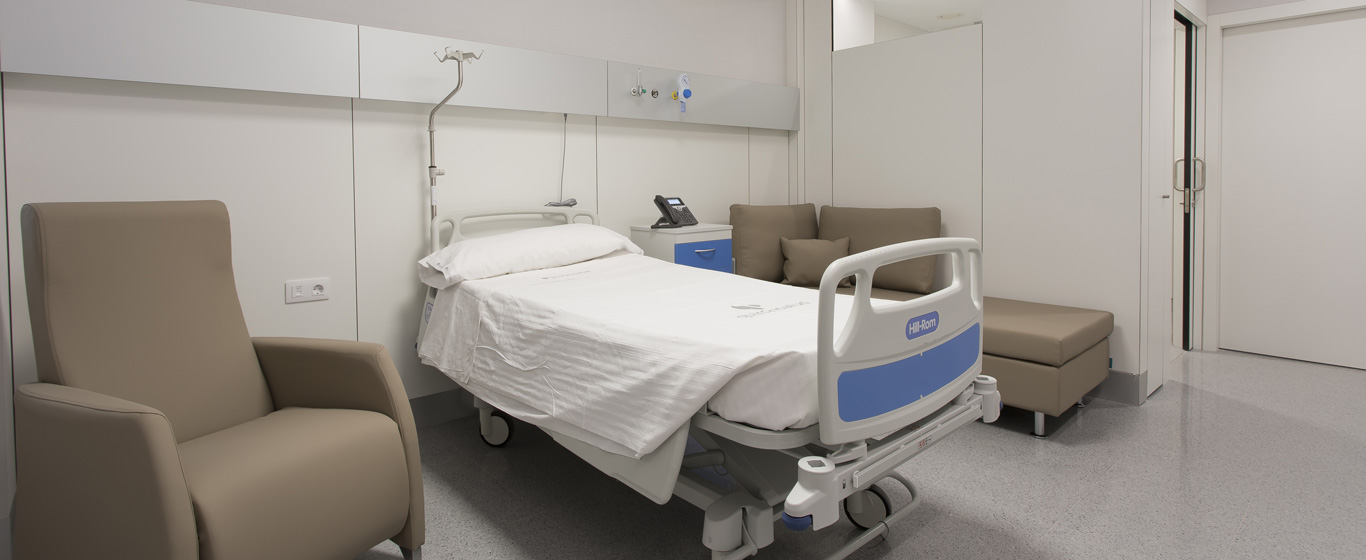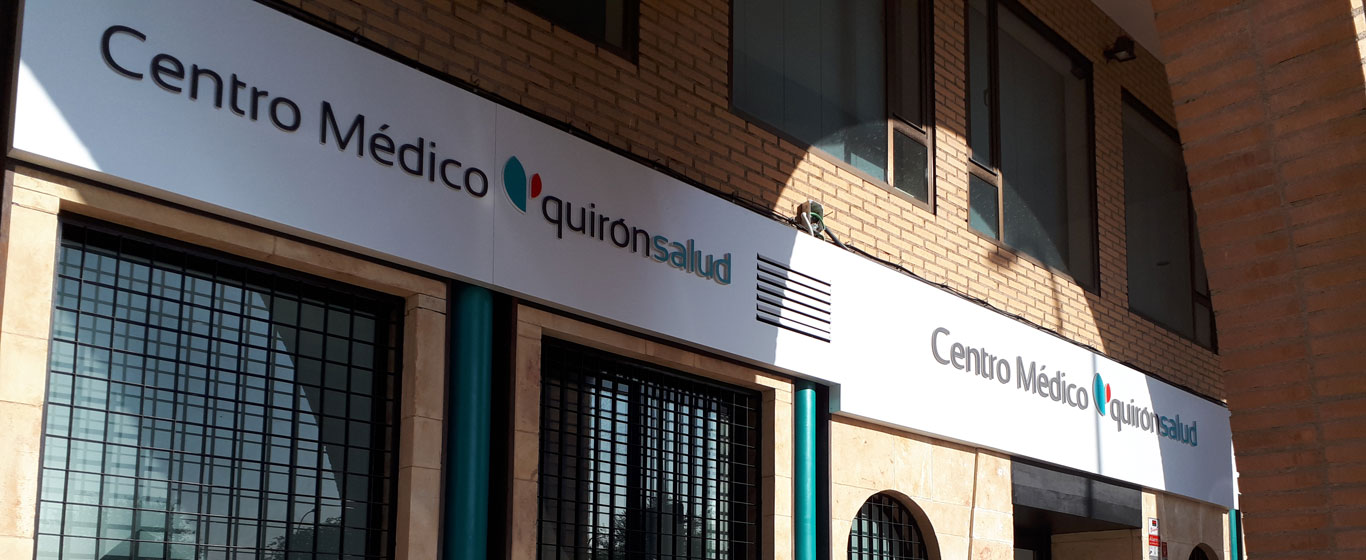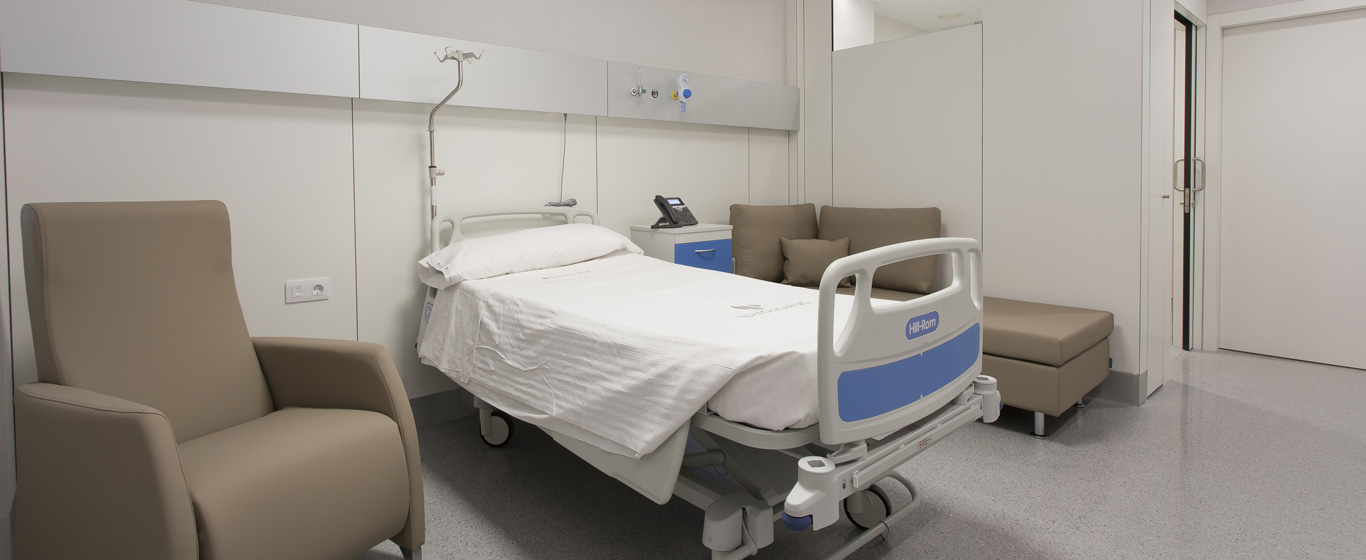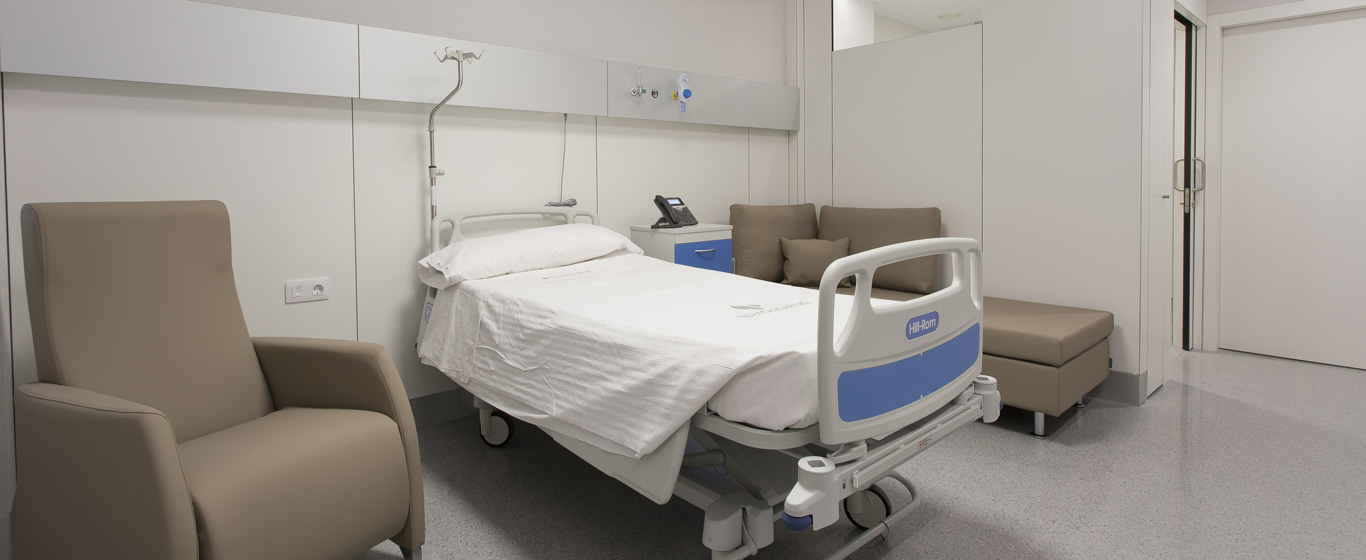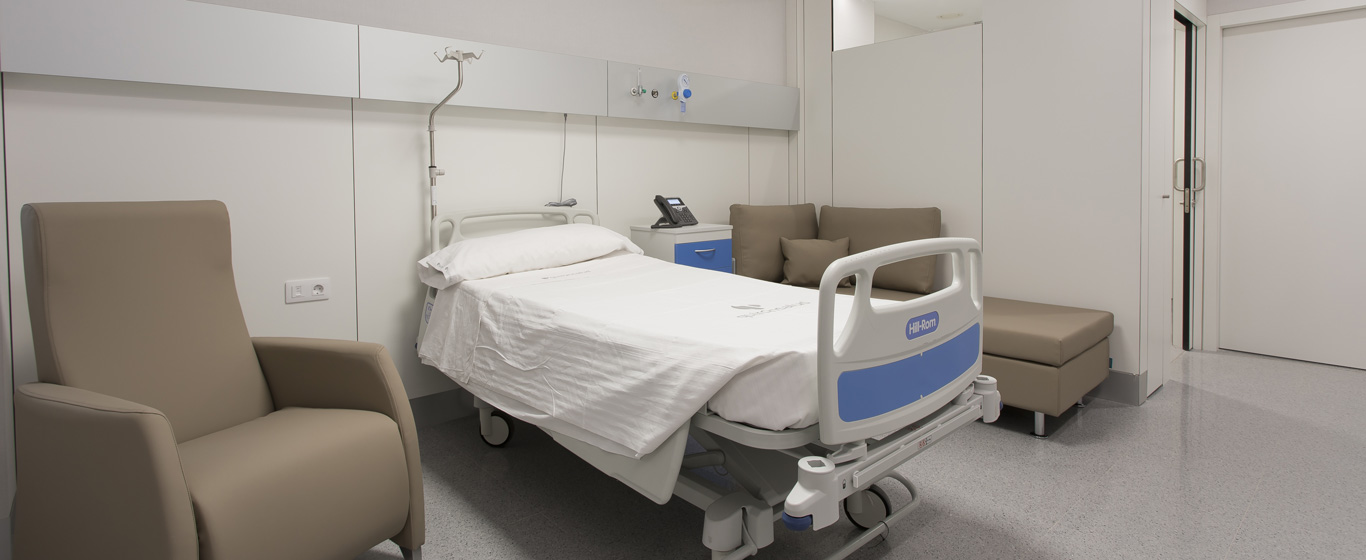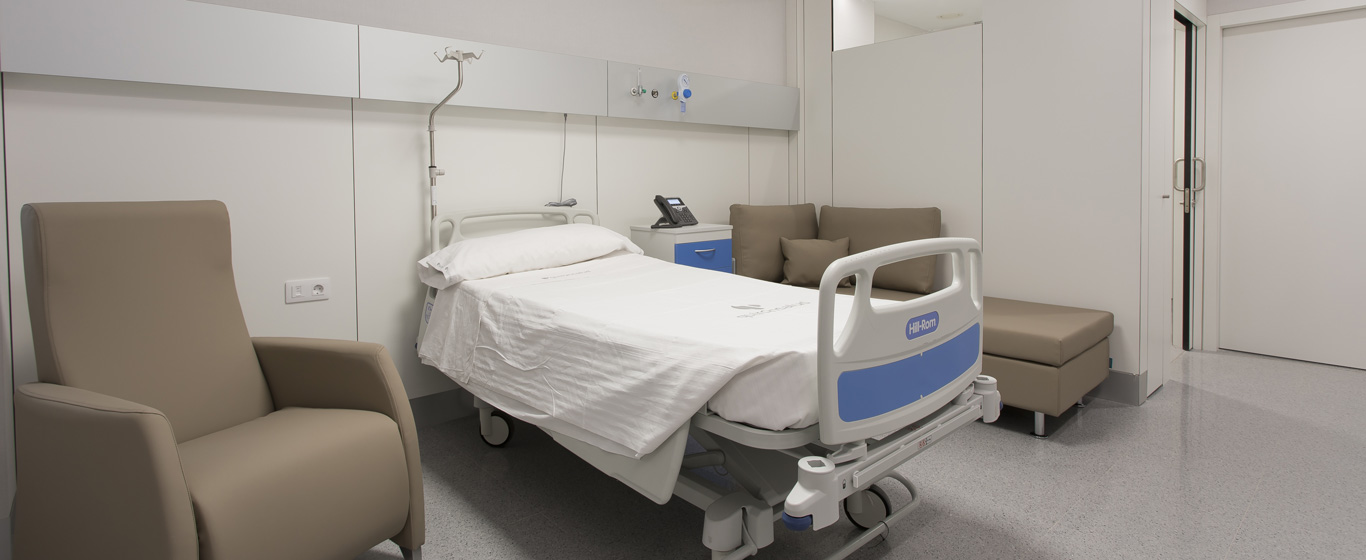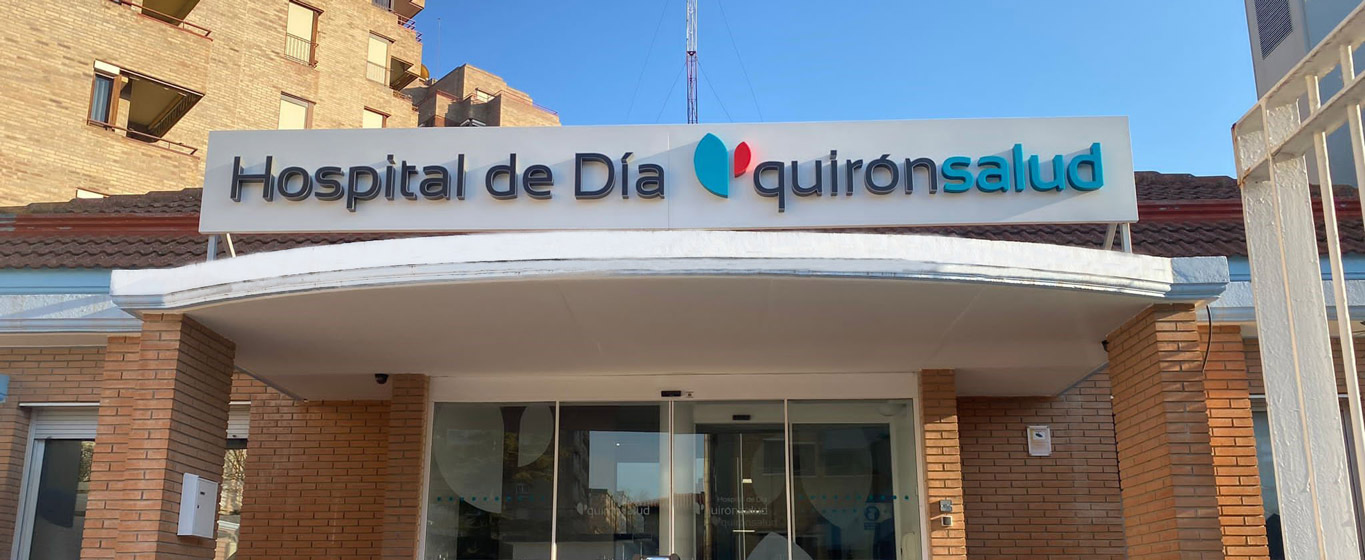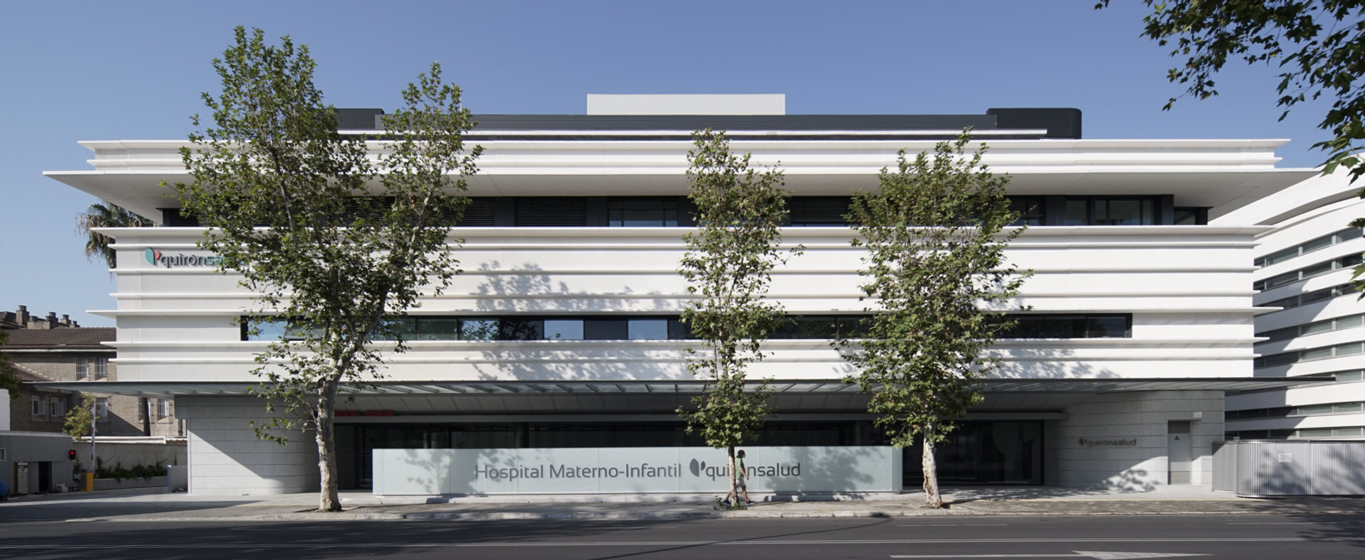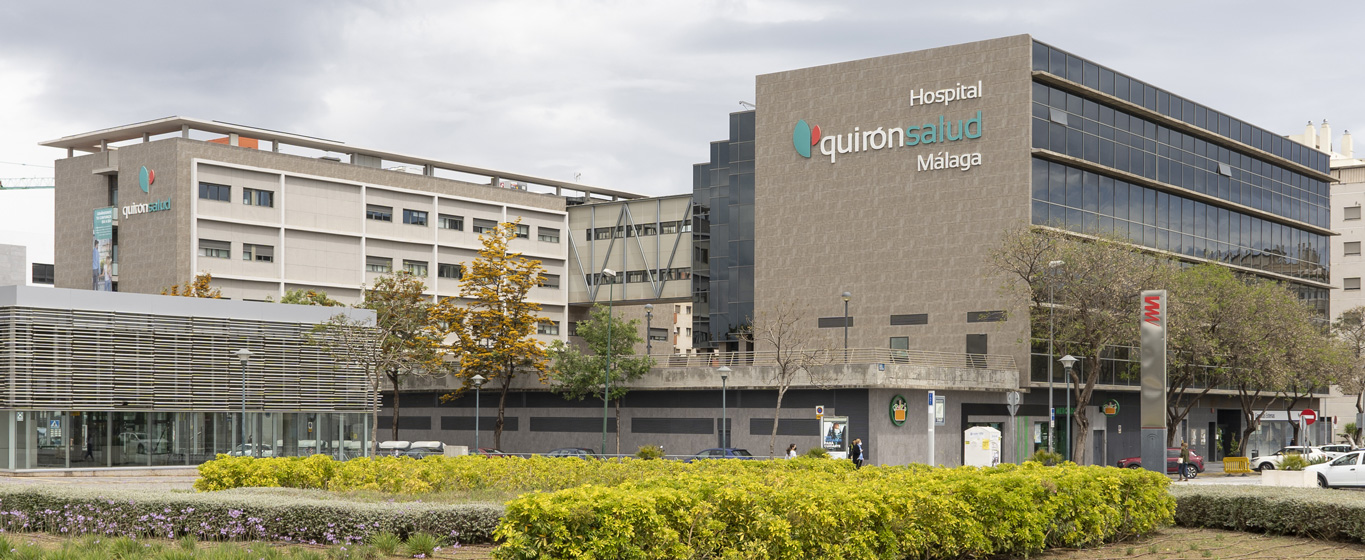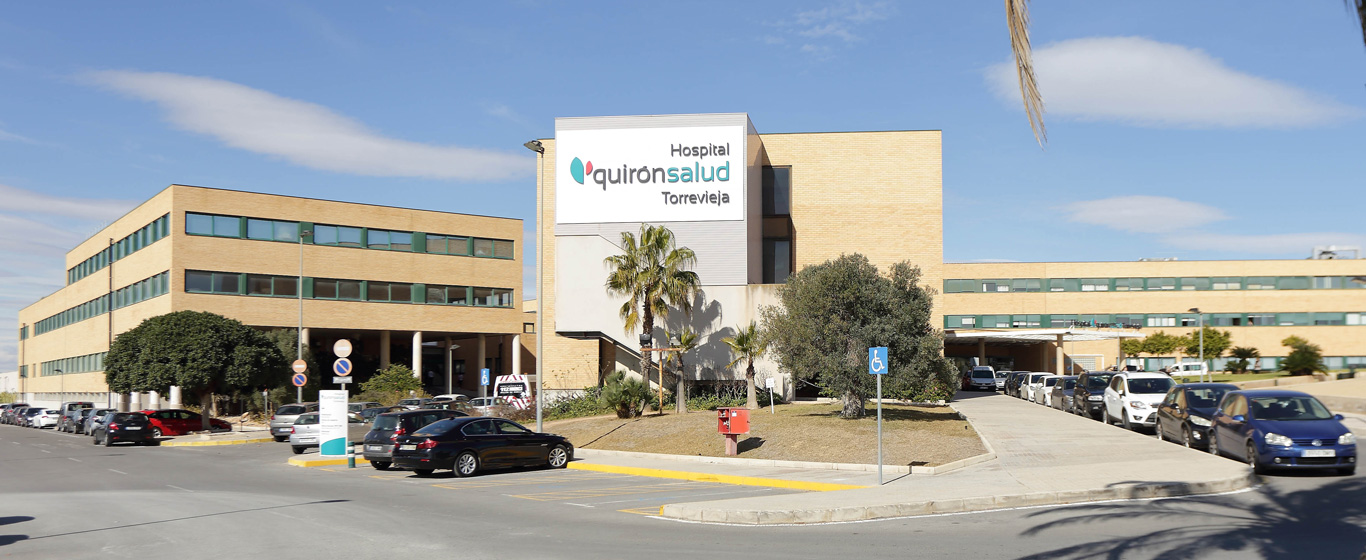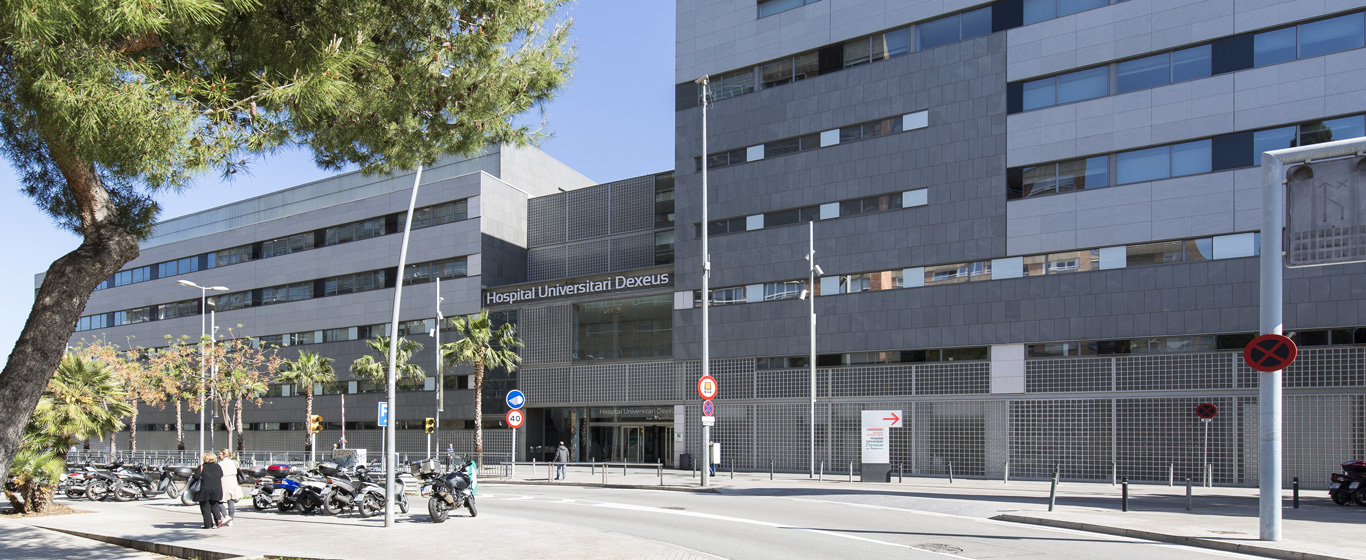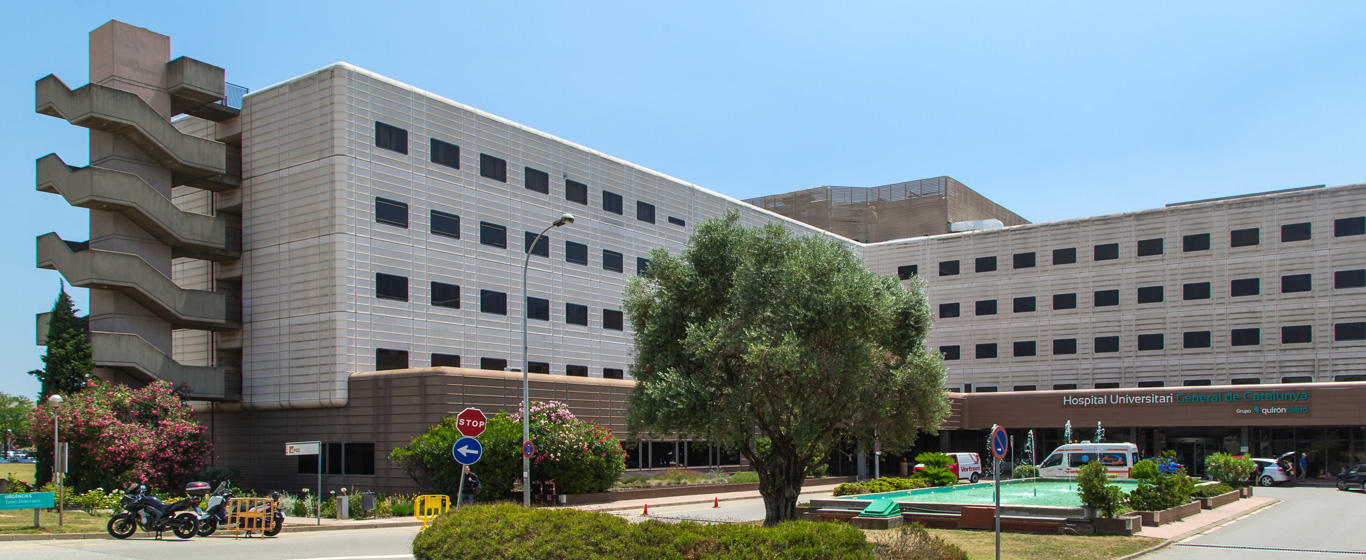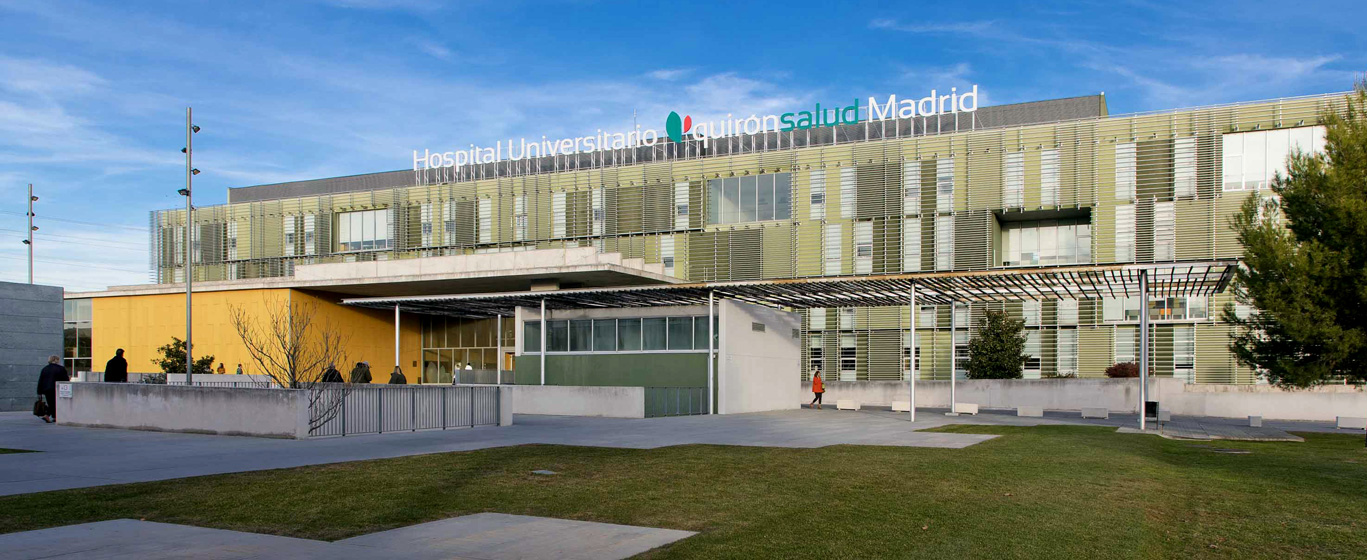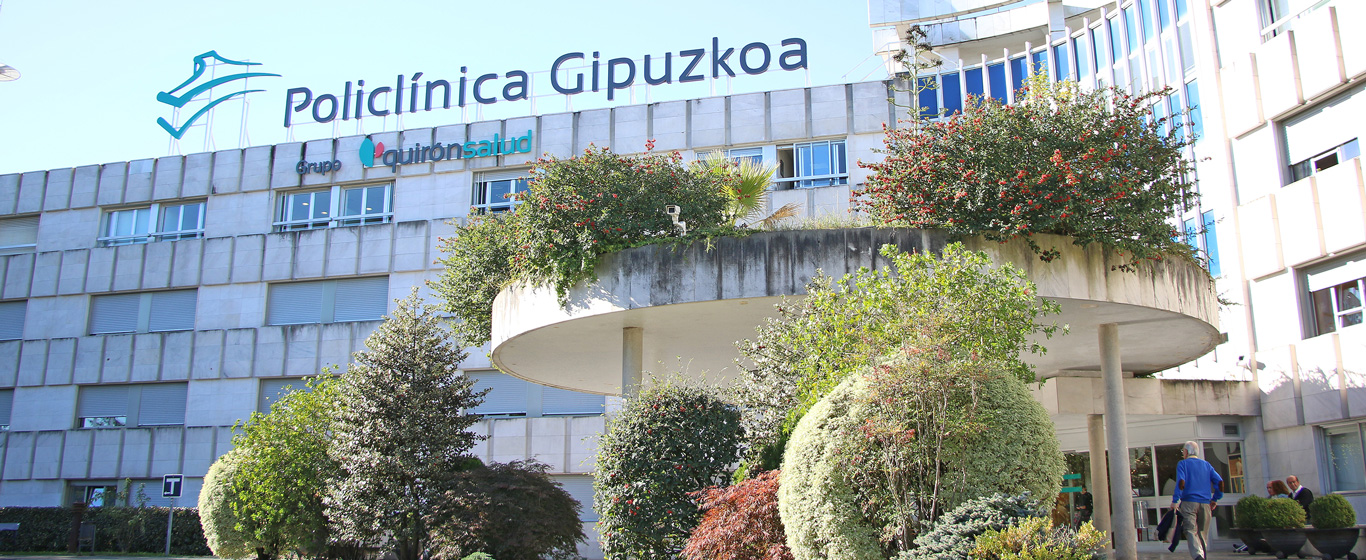Menopause
Everything about the causes, symptoms, and most appropriate treatments for women when menstruation ceases permanently.
Symptoms and Causes
Menopause is a stage in a woman’s life characterized by the absence of menstrual periods and the cessation of ovarian function, which means the loss of reproductive capacity. Although it is not a disease but a physiological process, it usually presents with various symptoms due to hormonal changes that can be alleviated with personalized treatments. It can be associated with vasomotor, genitourinary, emotional, and metabolic symptoms that require a personalized approach based on evidence, age, and each woman’s risk profile.
In developed countries, menopause usually occurs around the age of 50 to 52. However, the climacteric, that is, the period during which hormonal changes occur, may begin much earlier, and symptoms can persist for several years.
The phases of the climacteric are:
- Premenopause: the period when the transition toward menopause begins. Although there are no symptoms, the ovarian reserve decreases along with fertility. This phase usually starts around age 40.
- Perimenopause: around age 45, menstrual cycle changes begin, usually becoming longer. In some women, bleeding is lighter, while in others, it becomes heavier. The first symptoms appear due to irregular estrogen production.
- Menopause: when twelve consecutive months have passed without menstruation.
- Postmenopause: hormones stabilize and symptoms disappear, although some may persist for a time. The decline in hormone levels can cause health problems, making regular check-ups essential during this stage.
When menopause occurs before age 45, it is known as early or premature menopause. In these cases, treatment is essential to prevent health issues associated with early hormone deficiency.
Symptoms
Characteristic symptoms of menopause include:
- Irregular menstrual cycles
- Periods with variable bleeding
- Amenorrhea: absence of menstruation
- Hot flashes
- Night sweats
- Vaginal dryness
- Insomnia
- Increased urinary frequency
- Loss of skin elasticity
- Changes in breast texture
- Weight gain
- Redistribution of body fat, usually accumulating in the abdomen and increasing waist size
- Headaches
- Constipation
- Irritability
- Mood swings
- Anxiety
- Depression
- Memory loss
- Decreased libido
- Dyspareunia: pain during sexual intercourse
Causes
Menopause is caused by a reduction in ovarian reserve and the consequent decrease in hormone production (estrogen decreases and FSH increases). When the levels of estrogen and progesterone in the body are lower, the ovaries stop ovulating, and menstruation disappears.
The most frequent causes of premature menopause include:
- Family history
- Genetic alterations, such as Fragile X syndrome (changes in an X chromosome gene) or Turner syndrome (complete or partial absence of an X chromosome)
- Autoimmune diseases in which the body attacks ovarian tissue, e.g., rheumatoid arthritis or hypothyroidism
- Certain cancer treatments, mainly chemotherapy and radiotherapy
- Metabolic disorders
- Premature ovarian failure
- Bilateral oophorectomy: surgical removal of both ovaries
- Hysterectomy: surgical removal of the uterus. In these cases, symptoms associated with hormone loss do not occur because menstruation stops, but the ovaries continue to function
- Smoking
- Alcohol consumption
Risk Factors
Menopause naturally occurs in women between 45 and 55 years of age.
Women with any of the conditions described above have a higher risk of experiencing premature menopause.
Complications
The decline in hormones during menopause can cause various diseases during postmenopause. The most notable include:
- Bone demineralization
- Osteoporosis
- Bone fractures
- Cardiovascular diseases
- Urinary incontinence
Prevention
Menopause cannot be prevented or avoided.
Which doctor treats menopause?
Menopause is treated within the specialty of gynecology and obstetrics.
Diagnosis
The diagnosis of menopause is primarily clinical, although it can be confirmed with specific tests, especially in cases of premature menopause. The process usually includes:
- Medical history: the woman’s age and family history are relevant
- Symptom evaluation
- Study of the patient’s menstrual calendar, since menopause is established 12 months after the last period
- Hormonal analysis: levels of female sex hormones in the blood are determined. During the climacteric, estradiol (estrogens responsible for preparing the body for ovulation) decreases, and FSH (follicle-stimulating hormone, which stimulates ovarian follicle growth) increases to compensate for estrogen deficiency
Treatment
Treatment for menopause is not always necessary, as it depends on the intensity of symptoms and the age at which the climacteric begins. The specialist evaluates each case to determine the best option for each woman. Treatment must be individualized, taking into account symptom severity, age, cardiovascular and osteoporotic risks, and the woman’s personal preferences.
Hormone replacement therapy (HRT) is the most common treatment during perimenopause and remains the treatment of choice for significant vasomotor symptoms (hot flashes, night sweats) and osteoporosis prevention. It should not be considered a universal solution but rather an individualized treatment requiring prior medical evaluation. Key recommendations include:
- Administer the lowest effective dose tailored to each patient’s clinical need
- Limit treatment duration, avoiding long-term prescriptions in most cases
- Avoid hormone therapy in women with a history of breast cancer, thrombosis, or cardiovascular disease
- Explore non-hormonal alternatives when risks outweigh benefits
Non-hormonal options are also considered for mild symptoms or when HRT is contraindicated, including selective modulators, phytotherapeutic treatments, and lifestyle measures (healthy diet, regular physical exercise, avoiding tobacco and alcohol).
Existing treatments:
- Oral or transdermal estrogens (patches): reduce most symptoms, such as hot flashes, mood changes, loss of libido, or urinary problems. They also reduce the risk of cardiovascular disease and osteoporosis
- Vaginal estrogens: relieve dryness and reduce discomfort during sexual intercourse
- Progesterone: administered to women who still have a uterus. Effective in preventing endometrial cancer and endometrial hyperplasia (thickening of the uterine lining)
- Antidepressants: in low doses, they reduce psychological menopause symptoms and help decrease hot flashes
- Vitamin D supplements: strengthen bones and prevent osteoporosis
Regular medical evaluation is essential to adjust treatment and monitor risk factors, particularly cardiovascular and bone health.
To improve quality of life during and after the climacteric, healthy lifestyle habits are recommended, such as:
- Maintaining a balanced diet rich in protein, calcium, and vitamin D
- Engaging in outdoor activities, as controlled sun exposure increases vitamin D levels
- Practicing moderate regular exercise
- Maintaining hobbies
- Avoiding alcohol and tobacco






